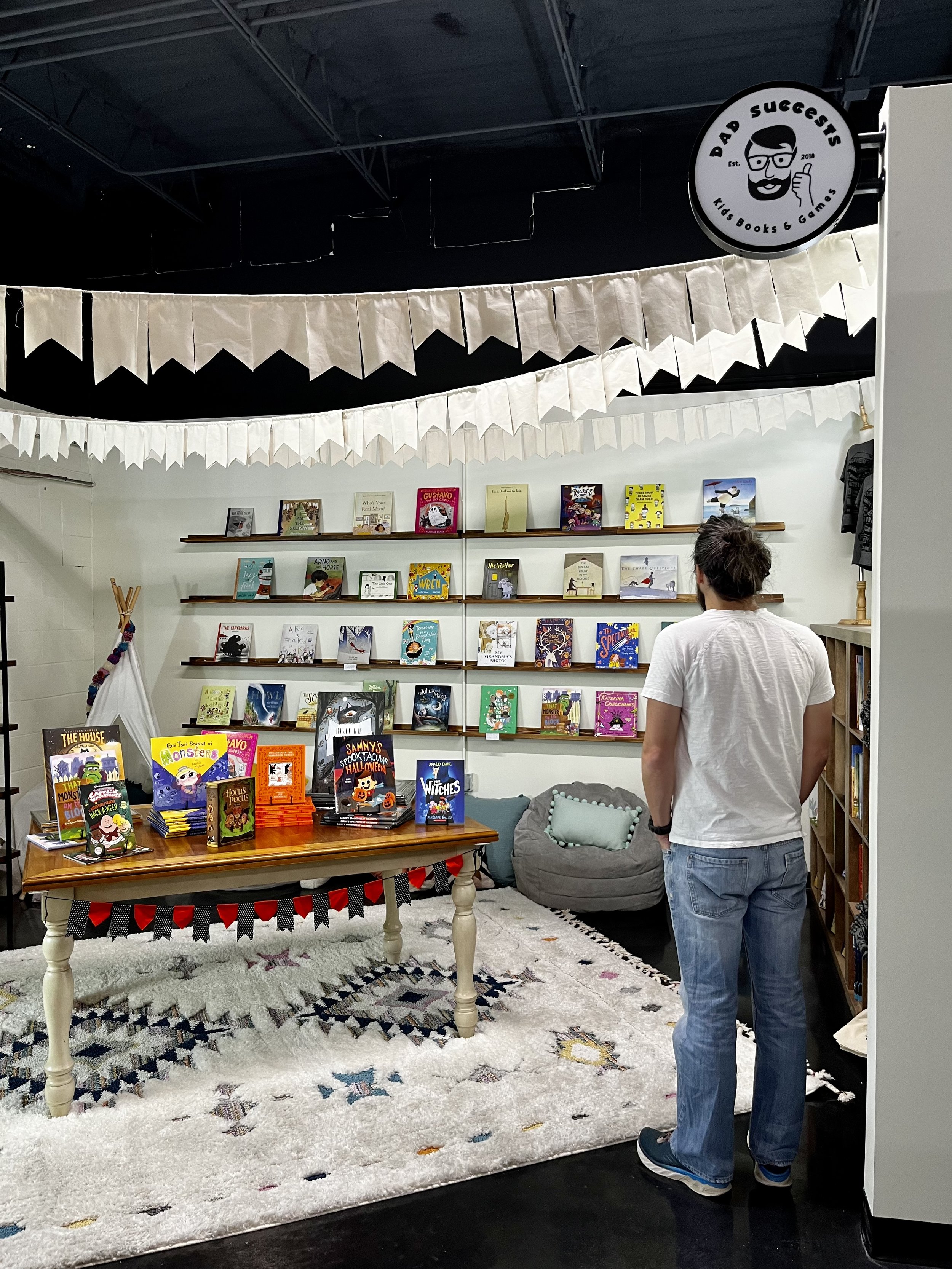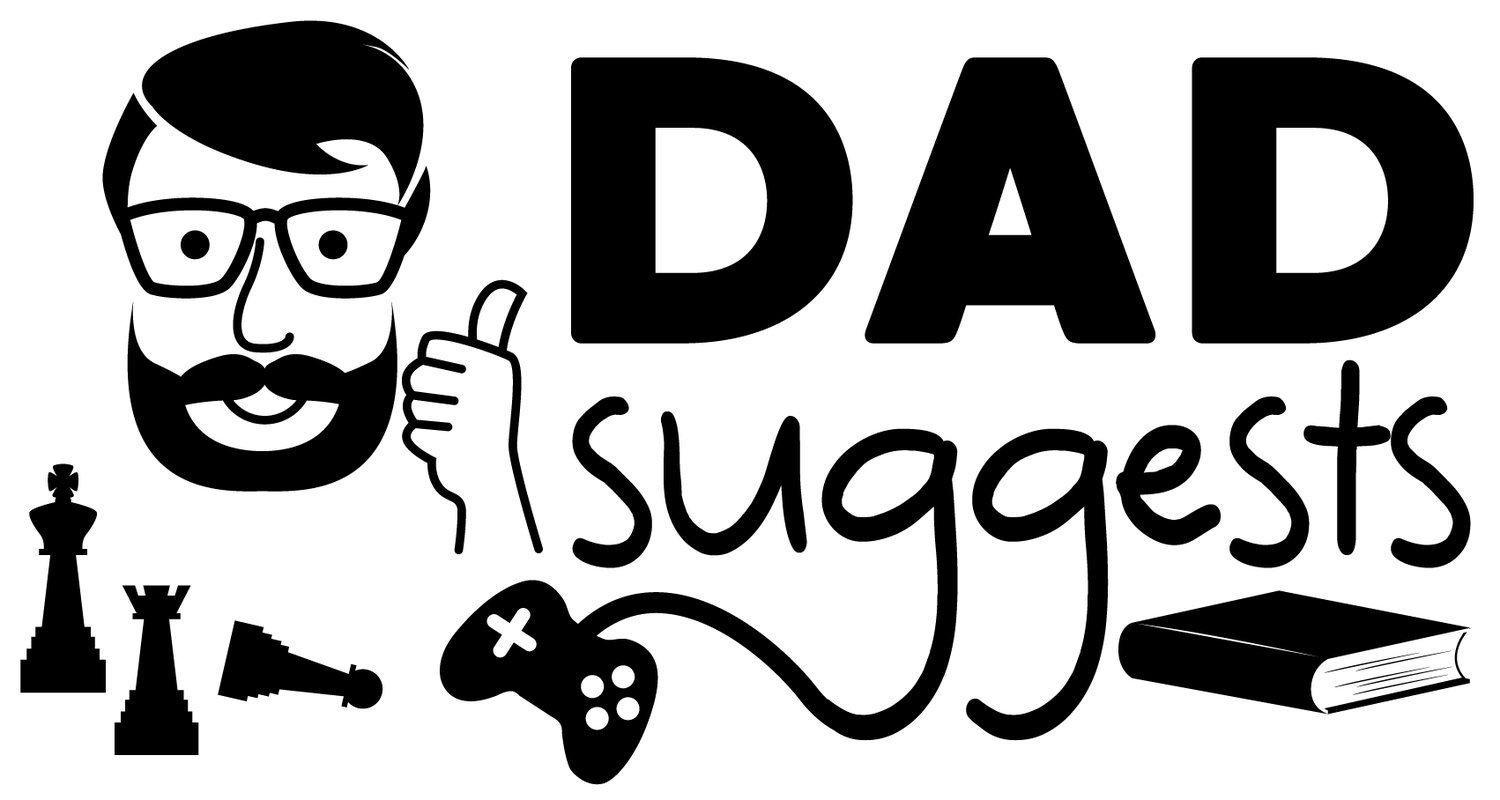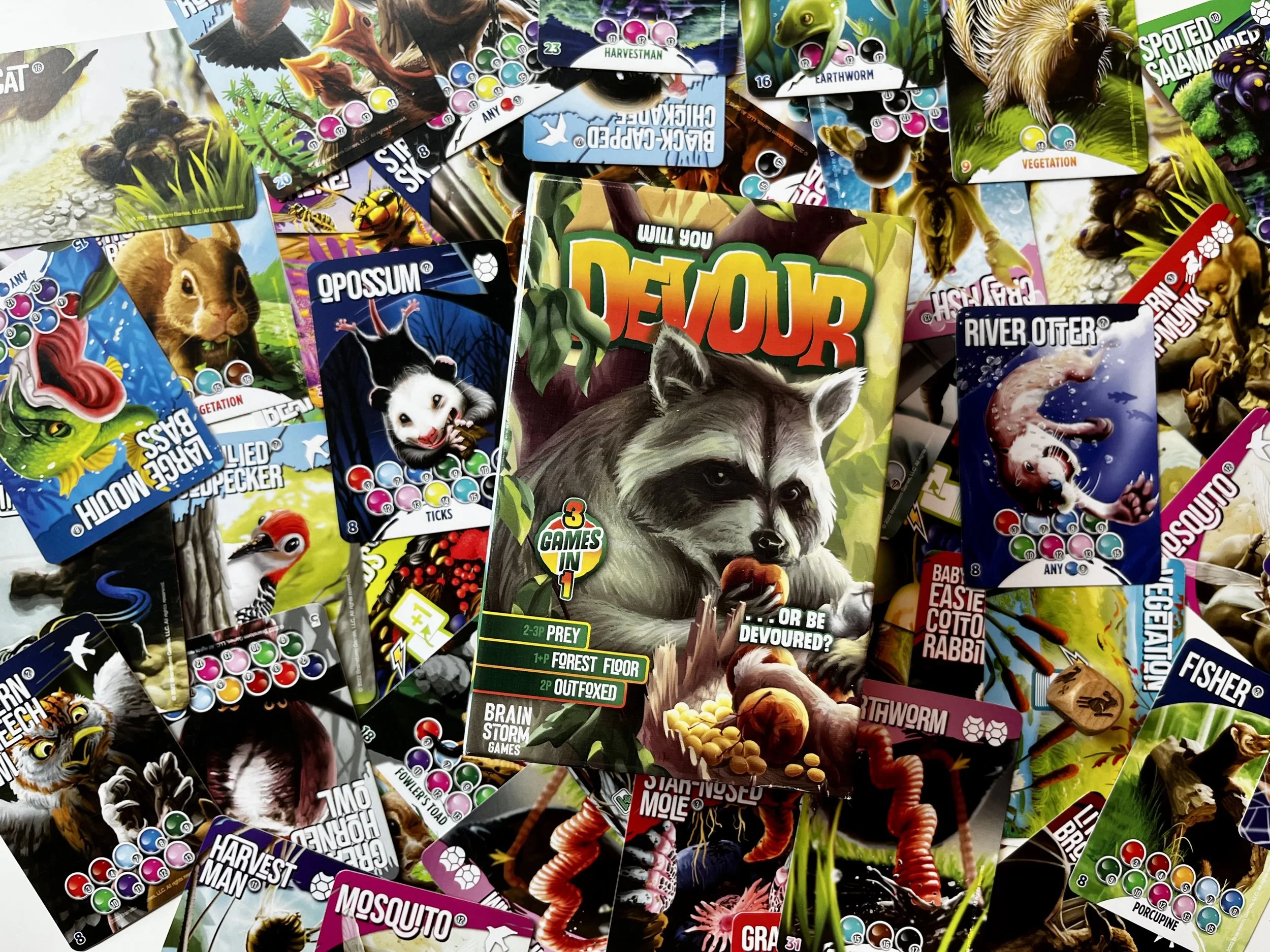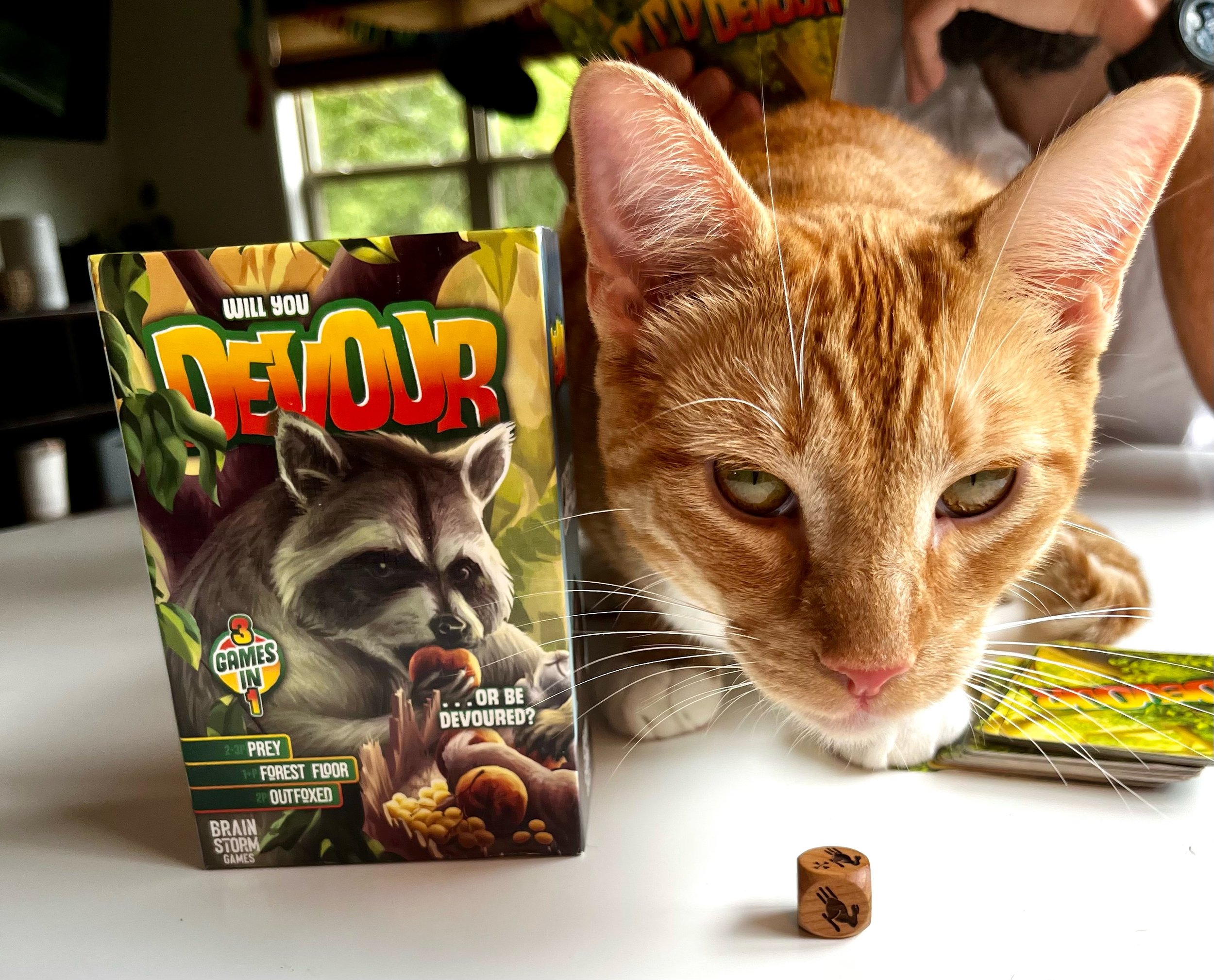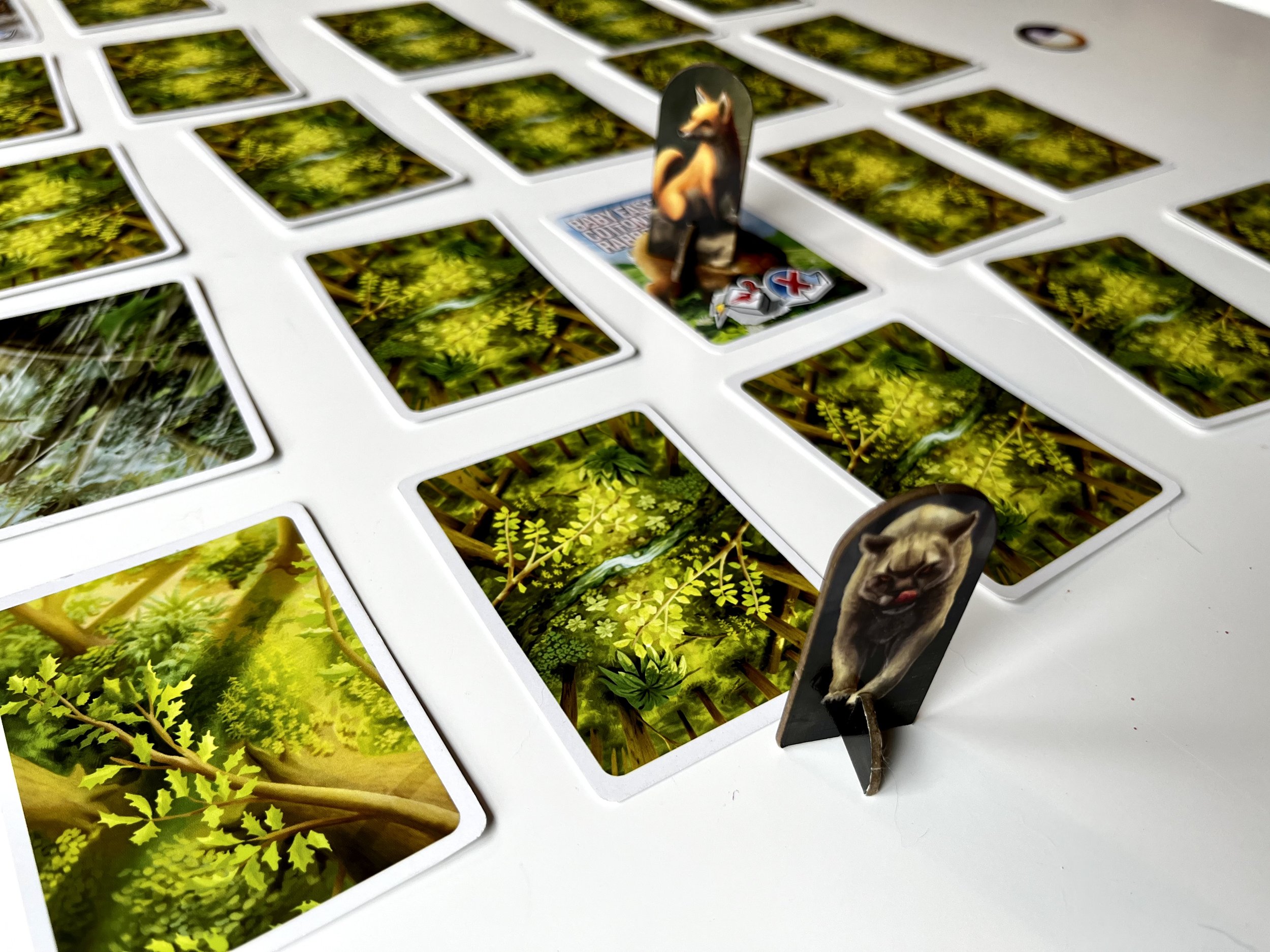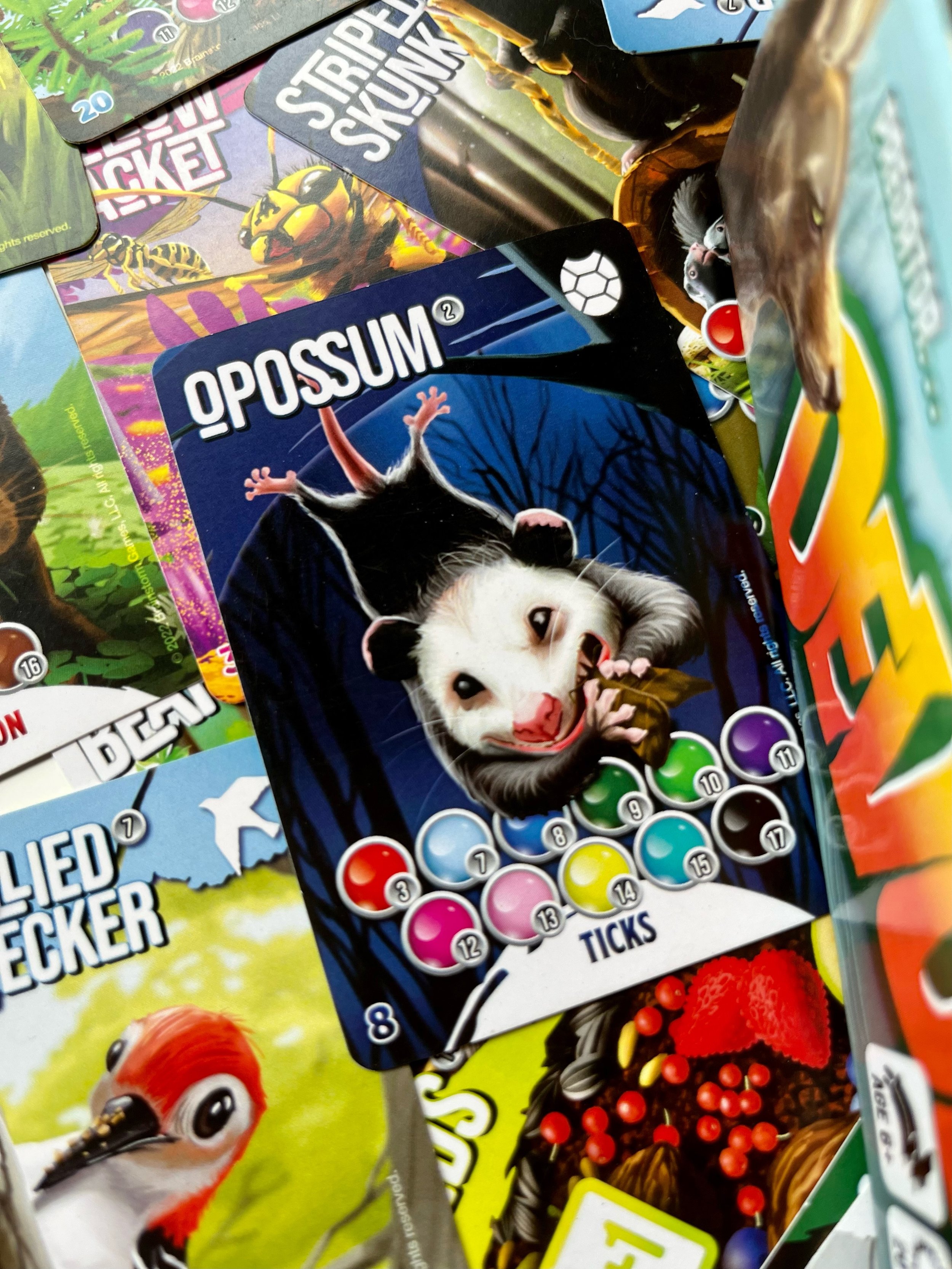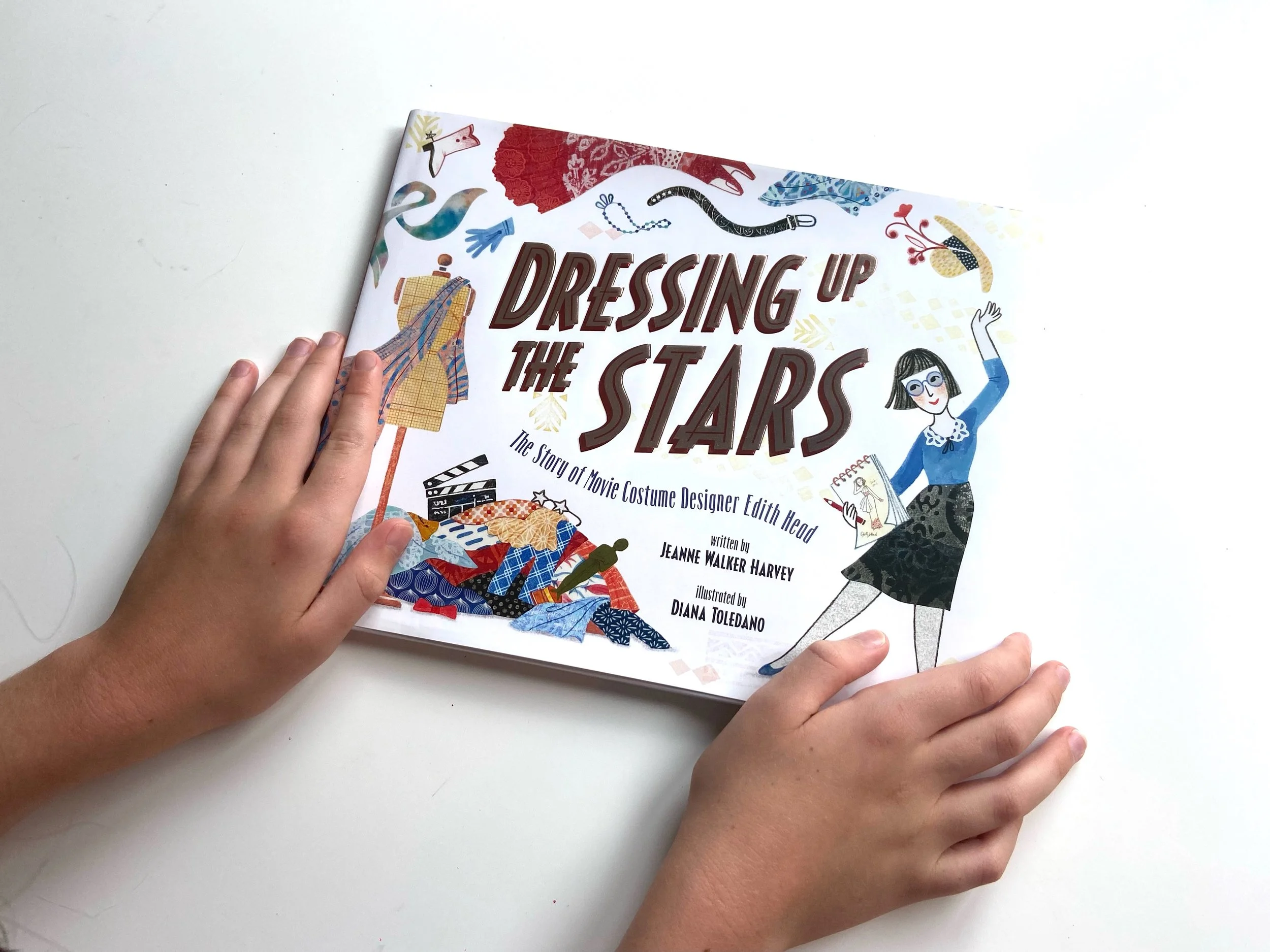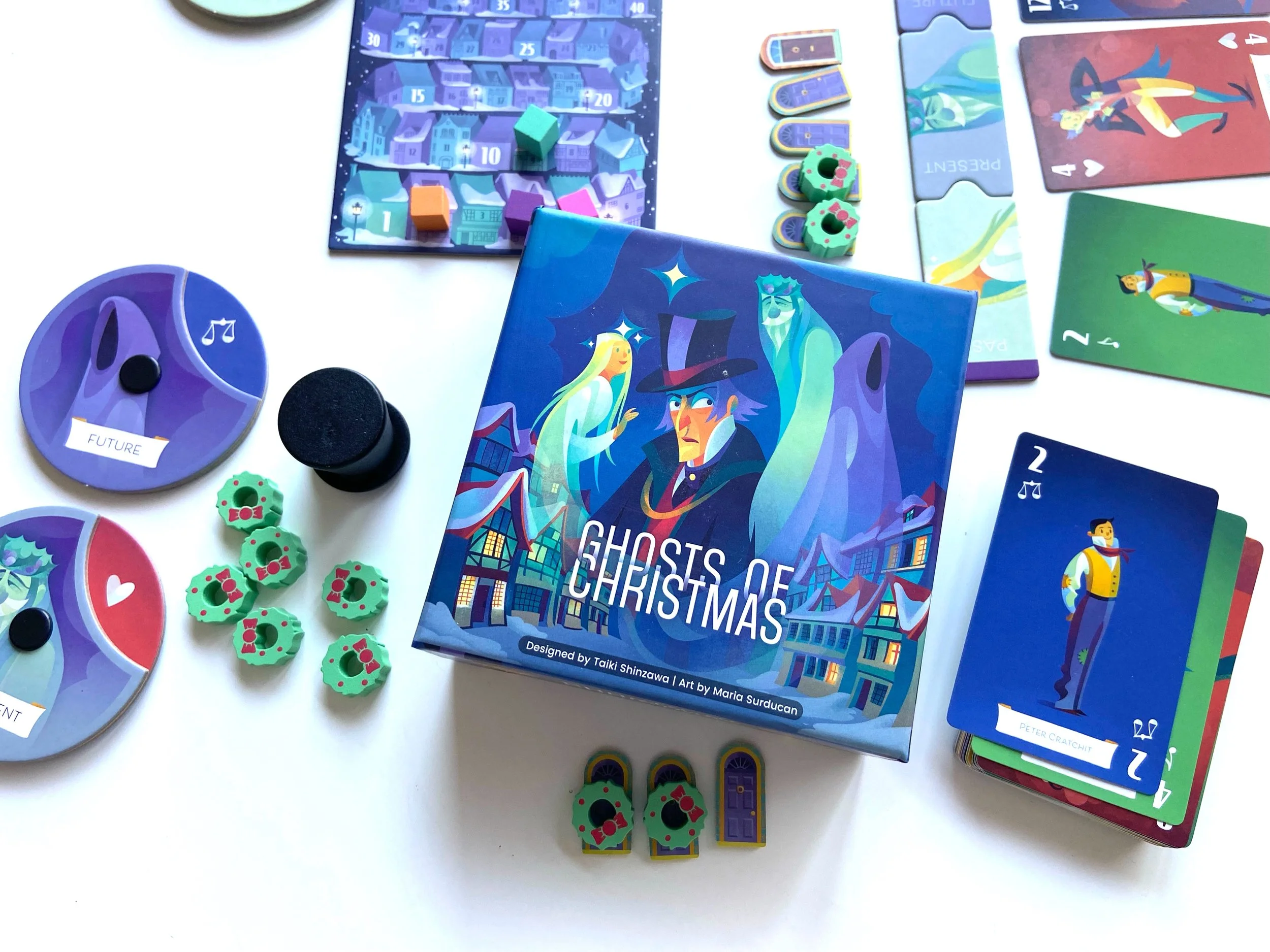DEVOUR: The Card Game of Eat or Be Eaten
We have plenty of board games in our collection that have different ways to play. For example, it’s not unusual at all to have different rules for various levels of difficulty. It’s also not uncommon to have a solo mode these days - although it’s generally a simple variation of the main game that you’re able to play by yourself. But I don’t think I’ve ever seen a game with 3 entirely different game modes in the same box.
Disclosure: This article is sponsored by Brainstorm games. All thoughts, opinions, and recommendations remain are our own.
The three different ways to play the card game DEVOUR are all so much fun, I genuinely don’t know for sure which one was invented first or is considered the main game mode. The game includes a solo mode known as Forest Floor, a 2-player competitive strategy game known as Outfoxed, and a 2 or 3 player card game called Prey that’s based on the food chain and includes similarities to the the card game War.
My family has experimented with every way to play, and we are pretty impressed. My 9-year-old has turned into a pretty tough critic these days - especially when playing games pulls him away from watching Minecraft videos. What that means is that you sometimes have to take his negative critiques with a grain of salt, but his positive critiques carry twice as much weight. And his verbatim quote about DEVOUR was as follows: “Thanks for letting me play this really fun game with you, Dad!”
It’s always nice to have choices in life, and games are no exception. And usually in board games or card games, the choices you’re given are limited to difficulty level or number of players. I’ve praised family games many times over the years for giving us the simple choice of lowering the difficulty level to include our younger kids. But I don’t think we’ve ever been given the choice of what kind of game to play the way DEVOUR does.
It’s also very much worth mentioning that DEVOUR makes for a great gameschooling game or an addition to the science classroom. There are lots of opportunities to talk about topics like food chains and food webs and adaptations that help prey evade predators at times - not to mention the many examples of specific animal species named in the game along with everything they eat. I never like to overlook opportunities to learn in family games.
Forest Floor (Solo Game Mode)
The first mode available is called Forest Floor, and it’s designed to be played solo. But the rules also point out that it’s ideal for playing cooperatively with a young child, and I’m really glad it does so, because this is a great idea! I also this cooperative idea might be the main reason the box says ages 6+. I know having my 6-year-old daughter on my team would help a lot, because Forest Floor is very much a memory game, and hers is much better than mine.
My son and I played this mode together, and we thought it was a lot of fun. Cooperative has pretty much always been our favorite way to play games, so this slow, relaxed, decision-making mode works well for us. It’s very much like playing a classic game of memory. You lay out a large grid of cards on the table, hop your fox from card to card, and flip them over in search of rabbits. But, at the same time, there are lots of different symbols on the cards that will either help or hinder you along the way.
You may want to revisit or avoid certain cards, and of course you need to remember all of the cards you’ve landed on before, because time is of the essence. If you don’t find and capture the 3 rabbits before the mountain lion makes one full trip around the board, then you lose.
I am also extremely impressed by the different campaigns the designer has written for this game mode, complete with stories that progress through the seasons, as well as completely new setup instructions for the cards on the forest floor. Completionists should get a kick out of taking on this challenge.
If playing solo or cooperatively is your style, it’s really cool to know that you’re going to be very supported in this game mode, not only at launch but seemingly into the future as well. I already see 25 completed scenarios and several ideas from the designer for more to come - perhaps as additional monthly content as well.
Outfoxed (2-Player Versus)
Outfoxed is the 2-player variant that has a very similar setup to Forest Floor. In Outfoxed, one player controls the fox and hunts for the three rabbits, just like in Forest Floor. However, this time, there is another player chasing them with a bear and mixing up the cards on the game board with the pesky crow.
The player controlling the fox also has some forest friends helping them, however. They get to control a bald eagle that hunts the crow, and a vixen that can help protect the fox from the bear. It’s very much a cat and mouse game with interesting strategic elements and memory thrown in.
My wife and I are very big fans of head-to-head 2-player strategy games, and this is the game mode we would choose if that’s the itch we were looking to scratch. Outfoxed not only involves memory, but also decision making and maneuvering your characters on the board.
In our first playthrough, my son played on team fox and I played on team crow. His goals were to find the 3 rabbits or to capture my crow with his bald eagle. My goals were to capture his fox with my bear or to stop him from finding all the rabbits in time. Those different goals, and the many different cards and actions that can be played, are more than enough to keep you on your toes and paying close attention. But, alas, I was defeated as per usual.
Prey (2-3 Players)
I believe that Prey might be considered the main version of this game, and it works well with either 2 or 3 players. It certainly fits in the best with the name DEVOUR, considering this game mode is all about the food chain and eating your opponents’ animal cards.
The art on the cards is terrific and I think it will really appeal to animal and nature lovers. You really can’t underestimate how important this is for card games, and how vital it is for engagement, and I’m very happy to report that this is a good looking one.
And the detail that was put into categorizing the animals and labeling which types of animals they can eat is very impressive. Each animal is labeled (by both a color code and a number code) in a way that lets you know who eats who in a head to head battle. Some animals prey on lots of other animals, while some rely more on their ability to evade capture with a lucky roll of the die.
The simplest way to explain the main concept quickly is to think about the game War, where both players lay down a card and one player wins and takes both cards. There is even a tie-breaker system when neither animal eats each other called “vore!”, a clever reference to its origins, where new animals are then laid on top in an attempt to find a winner of all the cards.
The differences to War, however, are also numerous. First of all, you are choosing your cards from your hand instead of playing them randomly. And players are also doing so one after the other, instead of at the same time. And, of course, it’s a bit more complex than highest number wins - because there is a web system of which animal eats other animals.
Prey also features several setup choices to account for difficulty - with easy, standard, and advanced modes. The easy mode is quick to explain and quick to play, and could definitely accommodate our 6-year-old. The standard and advanced modes, however, add interesting elements like animal avatars with secret powers, event cards, and a new card-matching mechanic to pay attention to called “main food source.”
Of course, it’s also possible to mix and match rules to find what works best for your family. Or just add 1 new element into the game each time you play, and leave them out the next time if you don’t like it. Choice is the name of the game, and DEVOUR certainly delivers a lot of it.
Out of the 3 ways to play DEVOUR, my personal favorite is Prey. Maybe it’s because it’s the only mode that lets me play with my wife and son. I also think we could play with 4 players if my daughter wanted to join, despite the fact it only sees 3.
It’s a simple and relaxing game with good looking cards. It definitely gives me the feeling of playing the card game War as a kid - where you want to win but don’t feel entirely in charge or worried about whether or not you win. You’re just there for the ride. Except in this case there is choice and strategy thrown in as well.
It also comes with a nice looking drawstring back to carry your deck around with you, making it even more likely that we would choose DEVOUR as something like a camping or a travel game. Not to mention that we could quickly and efficiently get through a round of Prey in less than 15 minutes. DEVOUR is an ideal family card game for the collection in more ways than one.
DEVOUR is scheduled to launch a Kickstarter campaign on October 4th, 2022. Keep an eye out for their launch if you want to support the designers and be one of the first to get your hands on it. You can also visit their website and sign up for news and announcements about the launch.
